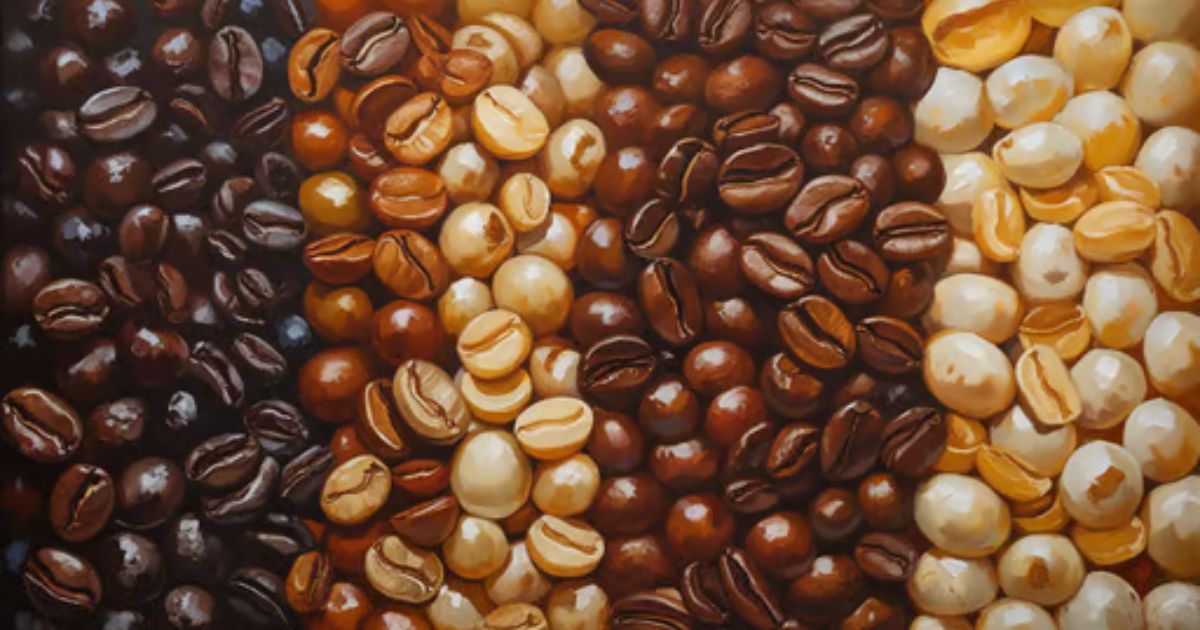4 Types of Coffee Roasts Explained: Unlock the Best Flavor for Your Brew
Have you ever wondered why your morning cup of coffee tastes so different at your favorite café compared to your kitchen? The secret is all in the roasting process.
When roasted, coffee beans undergo a transformation, unlocking a variety of rich flavors that are sure to satisfy any coffee lover. In this blog post, we’ll break down the four main types of coffee roasts—light, medium, medium-dark, and dark—and what makes each one special.
By the end, you’ll be able to confidently select your perfect roast and elevate your morning cup. Ready to discover which roast suits your taste? Let’s dive in!
1. Light Roast: The Bright and Tangy Choice
Light coffee roasts are roasted for a short time, retaining their original flavor profiles from the region where they’re grown. If you’re someone who loves a bright, tangy flavor, light roasts are for you.
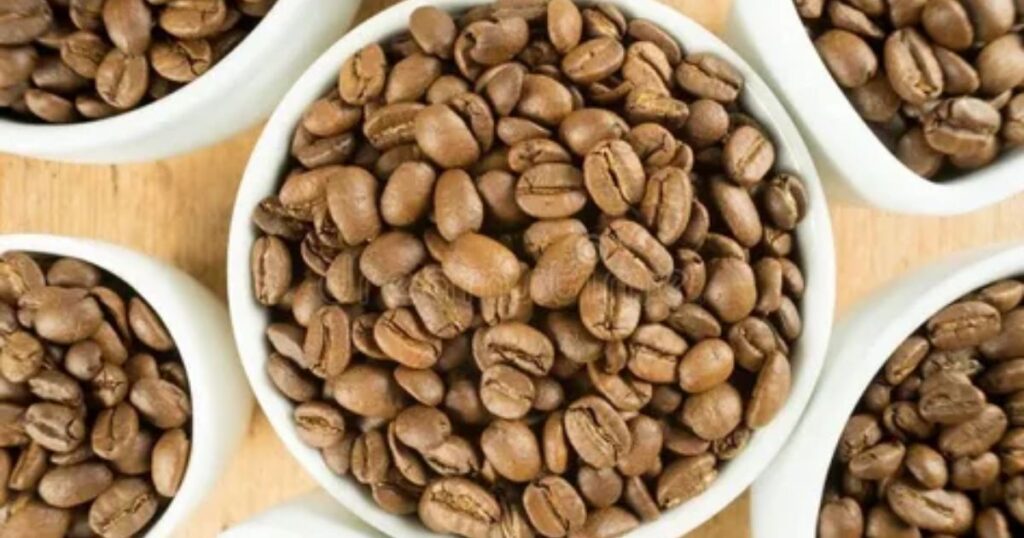
These beans typically have a higher acidity and can taste fruity, floral, or even herbal. Because of the shorter roasting time, these beans maintain more of their caffeine content, giving you a boost in the morning.
This roast is perfect if you enjoy tasting the unique qualities of the beans and want a lighter, more refreshing coffee experience.
2. Medium Roast: A Balanced Delight
Medium roast coffee is often referred to as the “Goldilocks” of roasts—it’s not too light and not too dark. This roast strikes the perfect balance between the bright acidity of light roasts and the deeper flavors of dark roasts.
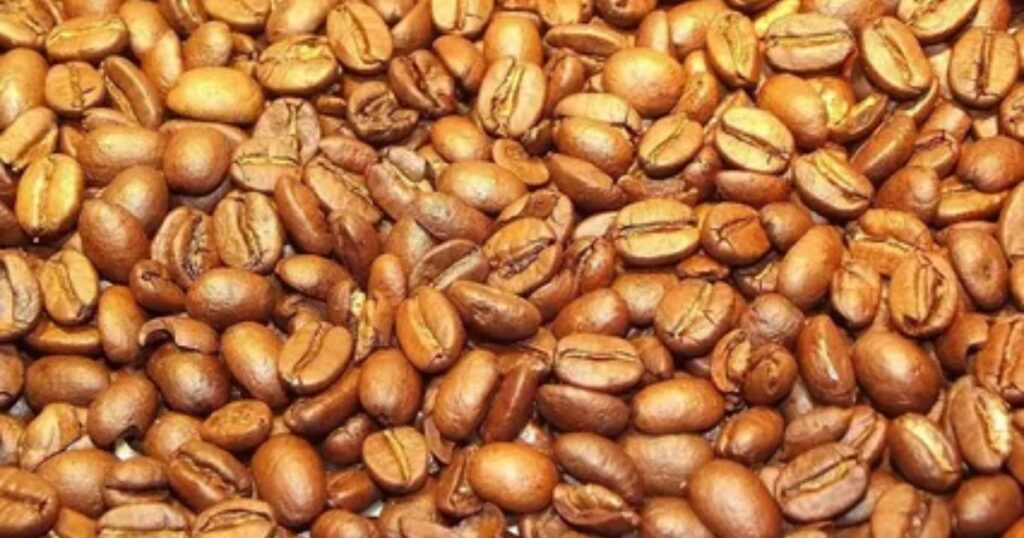
Medium roasts bring out a rich flavor profile, often characterized by notes of chocolate, caramel, or nuts. It’s a favorite for those who appreciate a full-bodied coffee that’s smooth and well-rounded.
If you’re new to coffee, medium roast is a great place to start, as it offers the perfect introduction to the world of roasts without being too overwhelming.
3. Medium-Dark Roast: Bold with a Hint of Sweetness
As the beans get roasted longer, they start to develop bolder, richer flavors. Medium-dark roast coffee has a deeper, stronger taste with a slight hint of sweetness, often accompanied by chocolate or smoky notes.

It’s the perfect option for those who love a bit of a kick but don’t want to go full dark roast. The roast time ensures a balance of the natural bean flavors and the caramelization of the sugars, giving you a robust cup with a slightly sweet finish.
Medium-dark roasts are ideal if you enjoy a coffee that’s a bit more intense without losing smoothness.
4. Dark Roast: Bold, Smoky, and Intense
Dark roast coffee is for those who prefer a rich, full-bodied, and robust flavor. The longer roasting time leads to a deeper, smokier taste, with notes of bittersweet chocolate, toffee, or even a hint of burnt sugar.
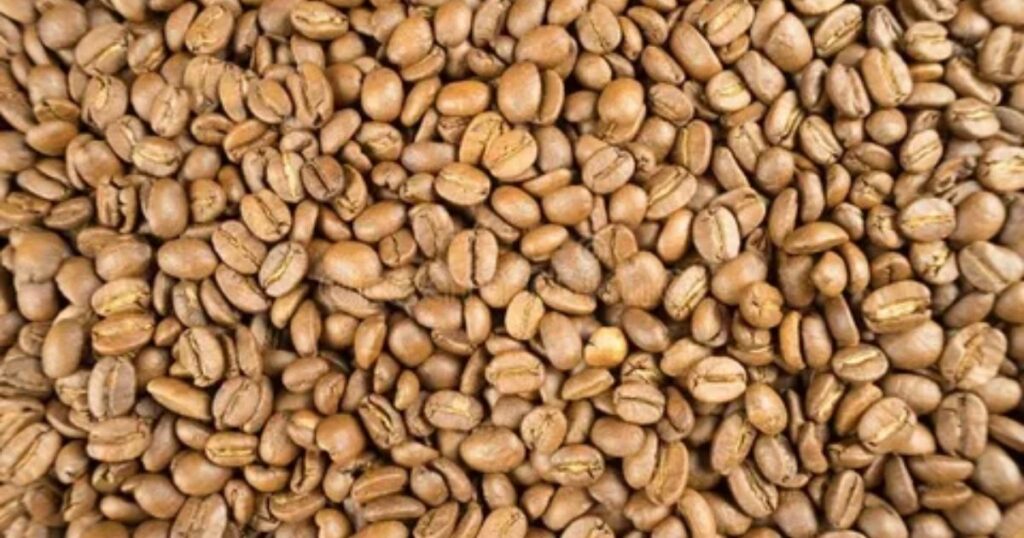
The beans reach a shiny, almost oily surface as the natural oils are released during the roasting process. While dark roasts may lack the bright acidity of light roasts, they provide a smooth, intense cup that’s perfect for those who enjoy a strong, bold brew.
If you’re a fan of espresso, dark roast is typically the way to go.
How Coffee Beans are Roasted: A Simple Guide to Crafting Your Perfect Brew
Roasting coffee yourself is an exciting way to deepen your connection with your coffee and discover new flavors. While it might seem intimidating at first, it’s quite simple once you understand the process.
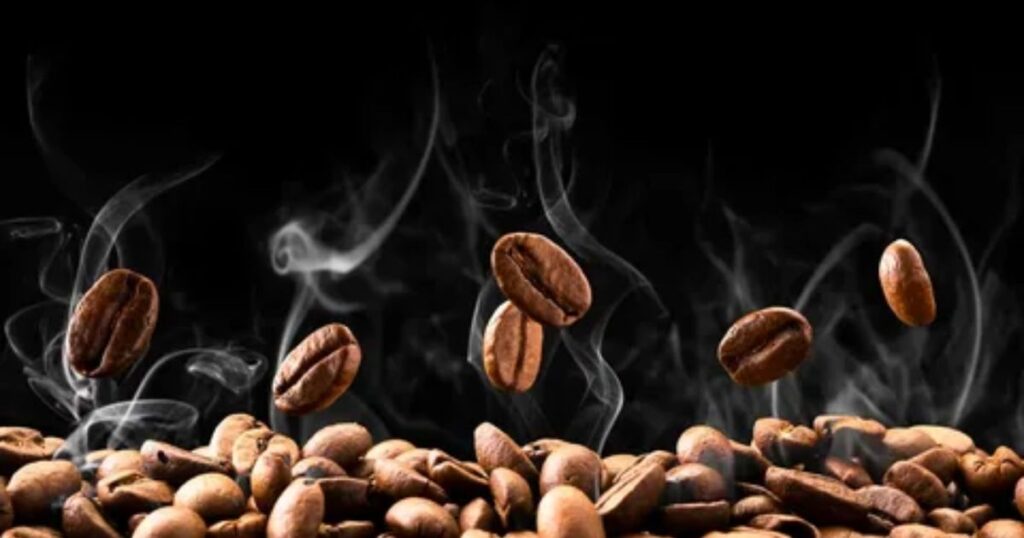
Here’s a step-by-step guide to help you get started, plus some important tips to ensure you roast the best beans possible.
What You’ll Need:
- Green Coffee Beans: These are unroasted beans, which can be bought from coffee suppliers or online.
- Roasting Equipment: You have several options, from a stovetop popcorn maker, a dedicated coffee roaster, or even an oven. Each method gives a slightly different result.
- A Cooling Tray: Once roasted, coffee beans need to cool quickly to stop the roasting process.
- A Timer: Precision matters when roasting, so having a timer will help you track your roasting time.
- A Stirring Spoon (optional): This helps ensure even roasting, especially if you’re using a stovetop method.
Instructions for Roasting:
You need to follow the given instructions to perfectly roast your coffee beans:

Preheat Your Roaster: Whether you’re using a stovetop popcorn maker, oven, or dedicated coffee roaster, make sure it’s preheated to the desired temperature (around 450°F for most methods). If using an oven, set it to 450°F and place a baking sheet inside.
Measure Your Beans: For a standard batch, measure out ½ cup of green coffee beans. Keep in mind that beans expand during the roasting process, so they will roughly double in size.
Start Roasting: Add your green beans to the roaster. If you’re using a stovetop method, stir the beans constantly to ensure they roast evenly. If using a coffee roaster, follow the manufacturer’s instructions. The roasting time usually ranges from 10-15 minutes depending on your desired roast level.
Watch for the Cracks: As the beans roast, you’ll notice two distinct “cracks.” The first is the “first crack”, which happens around 5-7 minutes into the roasting process. This is when the beans begin to expand and you’ll hear a popping sound. For light roasts, stop here or shortly after. The “second crack“ occurs later, around 10-12 minutes, and is louder and more rapid. Beans roasted at this stage will have a darker, bolder flavor.
Stop the Roast: Once your beans reach the desired roast level (light, medium, or dark), it’s time to stop the roasting process. You can use a cooling tray or spread the beans on a baking sheet to cool them down quickly. This is essential to halt the roasting process and prevent over-roasting.
Let the Beans Rest: After cooling, let your roasted beans sit for at least 12 hours before grinding. This resting period allows the flavors to develop and the excess carbon dioxide to dissipate.
Important Tips:
- Ventilation: Roasting coffee beans can produce smoke, so make sure you have proper ventilation, especially if using a stovetop or oven.
- Experiment with Time: Roasting times can vary based on the equipment you use and your personal preference. Start with a shorter roast time and increase it gradually as you perfect your method.
- Storage: Store your roasted coffee beans in an airtight container away from light and heat. For the best flavor, use them within two weeks of roasting.
Roasting your coffee beans yourself gives you full control over the flavor and aroma of your brew. It’s a fun, hands-on way to connect with the coffee process and experiment with different roast levels.
How Roasting Impacts Caffeine Levels in Coffee Roasts
When it comes to coffee, many people think that dark roasts have more caffeine than light roasts due to their stronger, bolder flavor. However, the truth is that the roasting process doesn’t have a significant effect on the caffeine content in coffee beans.
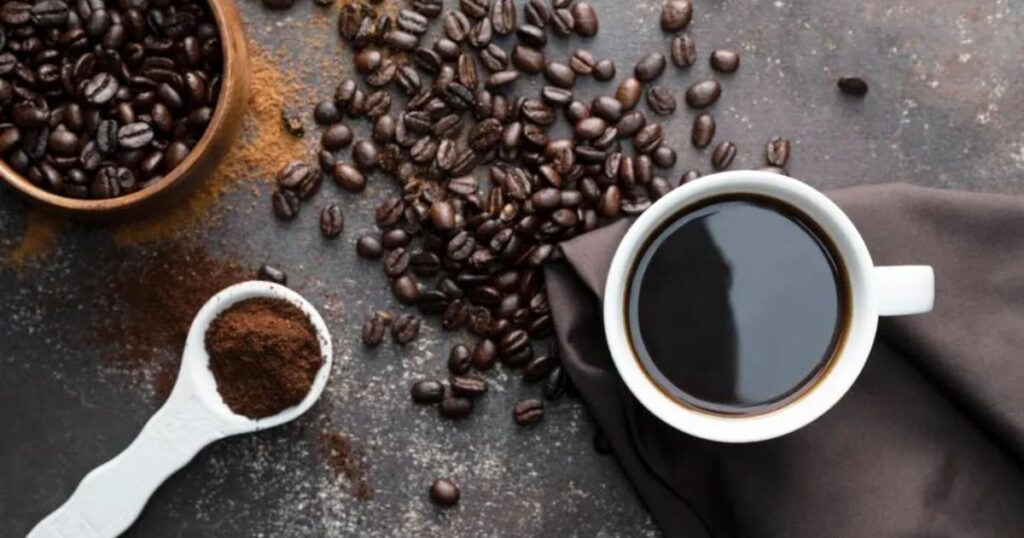
The caffeine content in a cup of coffee is more dependent on the amount of ground coffee used rather than the roast level itself.
During roasting, caffeine remains relatively stable. Light roasts may appear to have more caffeine by volume because they are denser than dark roasts.
As beans roast longer, they lose water and become less dense. This means that a scoop of light roast beans will generally have more caffeine than the same scoop of dark roast beans because the light roast weighs more.
So, if you’re looking for a higher caffeine kick, you may want to go for a light roast—just be sure to use more beans!
It’s important to note, however, that the taste of coffee is significantly altered by the roasting process. While the caffeine content remains fairly constant, the level of acidity, sweetness, and bitterness in the coffee will vary depending on how long the beans have been roasted.
Therefore, the choice of roast should be based on flavor preferences rather than caffeine levels alone.
Ready to Try Roasting Your Beans?
Now that you know the basics of the four coffee roasts, why not try roasting coffee beans yourself? It’s a fun and rewarding experience that allows you to control the roast level and create a custom flavor profile.
If you’re a beginner or an expert, roasting your beans can be a great way to experiment with different flavors and discover what truly suits your taste. So grab a coffee roaster, choose your favorite beans, and start exploring the world of coffee roasting today. Happy brewing!
Do you have a favorite roast? Share your thoughts in the comments below, and let us know what kind of roast you’d like to try next!
FAQs
Does Dark Roast Coffee Have More Caffeine?
Dark roast coffee does not have more caffeine than light roast coffee. While dark roasts have a stronger flavor, they lose some caffeine during the roasting process. Light roasts tend to have slightly more caffeine per bean.
What are the Four Types of Coffee Roasts?
The four types of coffee roasts are light roast, medium roast, medium-dark roast, and dark roast. Each roast varies in flavor, with light being more acidic and dark having a stronger, bolder taste. Roast levels are determined by the duration and temperature of the roasting process.
Which Roast of Coffee is the Strongest?
The strongest roast of coffee is typically dark roast. Dark roasts have a bold, intense flavor. They are known for having a more robust taste compared to lighter roasts.
What is the Darkest Coffee?
The darkest coffee includes French roast, Italian roast, and continental roast. Espresso roast is also considered dark. New Orleans roast completes the list of the darkest coffee types.
Which Coffee Roast has the Most Flavor?
A darker roasted coffee has the most flavor. The longer roasting time enhances its rich, bold taste. It also brings out deep, smoky notes that lighter roasts don’t have.

